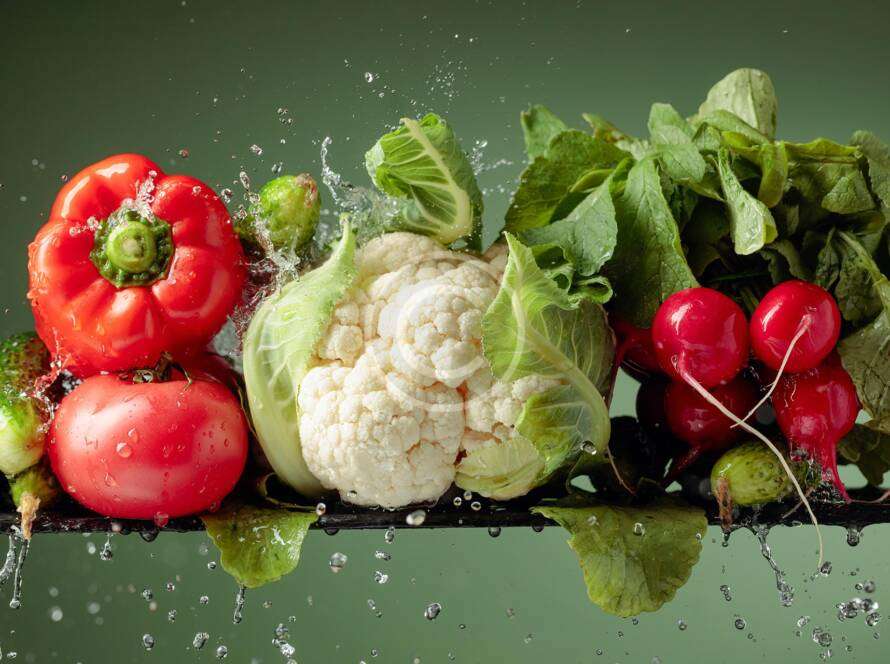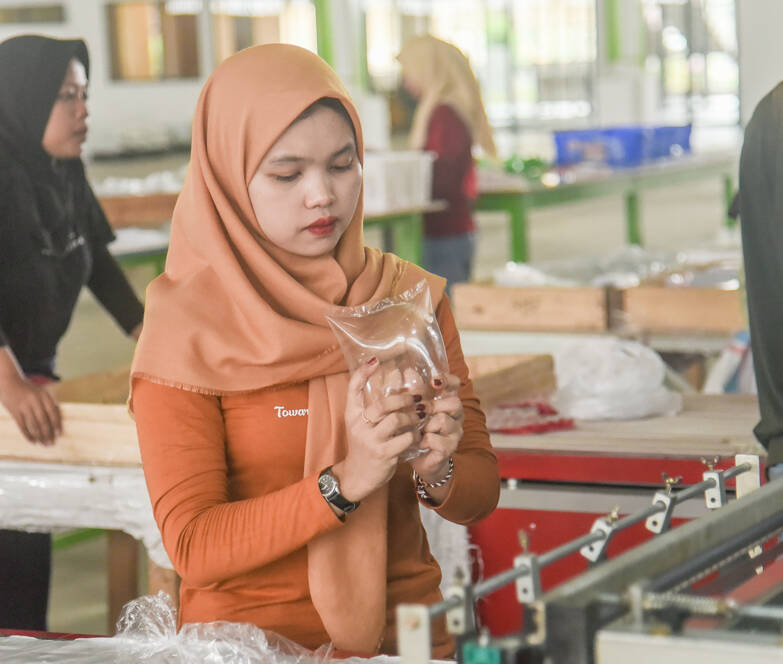In a world where environmental consciousness is gaining momentum, industries are actively seeking sustainable alternatives to traditional manufacturing practices. Plastic manufacturing, notorious for its impact on the environment, is no exception. One promising solution that has emerged in recent years is bioplastics—a greener and more eco-friendly alternative to conventional plastics. In this article, we’ll delve into the world of bioplastics, exploring their production, benefits, and the potential they hold for a more sustainable future.
Understanding Bioplastics:
Bioplastics are a category of materials derived from renewable biomass sources, such as plants, agricultural by-products, or microorganisms. Unlike traditional plastics derived from fossil fuels, bioplastics aim to reduce dependence on non-renewable resources and mitigate the environmental impact associated with plastic production.
-
Sources of Bioplastics: Bioplastics can be sourced from a variety of feedstocks, including corn starch, sugarcane, potato starch, and algae. These materials offer a renewable and often more sustainable alternative to the petroleum-based feedstocks used in conventional plastics.
- Types of Bioplastics: There are different types of bioplastics, categorized based on their origin and production processes. These include bio-based, bio-compostable, and bio-degradable plastics. Each type has unique properties, and understanding these differences is crucial for manufacturers and consumers alike.
-
Polylactic Acid (PLA):
- Source: PLA is derived from renewable resources like corn starch or sugarcane.
- Properties: PLA is transparent and can be molded into various forms, making it suitable for packaging, disposable cutlery, and even 3D printing.
- Biodegradability: PLA is compostable under industrial composting conditions, breaking down into water, carbon dioxide, and organic matter.
-
Polyhydroxyalkanoates (PHA):
- Source: PHA is produced by bacteria during fermentation processes, using plant sugars or lipids as feedstock.
- Properties: PHA is versatile and can be tailored for different applications, including packaging, agricultural films, and medical products.
- Biodegradability: PHA is fully biodegradable in various environments, including soil and marine conditions.
-
Polyethylene from Sugarcane (Bio-PE):
- Source: Bio-PE is a bio-based version of traditional polyethylene, derived from sugarcane ethanol.
- Properties: Bio-PE shares similar properties with conventional polyethylene, making it suitable for various applications, including bottles, packaging, and films.
- Biodegradability: While bio-PE is not inherently biodegradable, its production from renewable resources reduces the reliance on fossil fuels.
-
Polybutylene Succinate (PBS):
- Source: PBS is synthesized from succinic acid, which can be derived from renewable resources like corn.
- Properties: PBS has good mechanical and thermal properties, making it suitable for applications such as packaging, disposable tableware, and agricultural films.
- Biodegradability: PBS is biodegradable under industrial composting conditions.
-
Polyethylene Terephthalate (PET) from Plant Sources:
- Source: Bio-based PET is produced using renewable feedstocks such as sugarcane.
- Properties: Bio-based PET has similar characteristics to traditional PET and is commonly used for bottles, food containers, and fibers.
- Biodegradability: While bio-based PET retains recyclability, it is not inherently biodegradable.
-
Starch Blends:
- Source: Starch-based bioplastics use corn, wheat, or potato starch as the primary component.
- Properties: Starch blends are often used for packaging, disposable cutlery, and agricultural films.
- Biodegradability: Starch-based bioplastics are generally biodegradable, especially in moist environments.
It’s important to note that the biodegradability and compostability of these bioplastics may vary based on the specific formulations and environmental conditions. Additionally, ongoing research and development in the field of bioplastics continue to introduce new and improved materials with enhanced properties and sustainability characteristics.
Benefits of Bioplastics:
-
Reduced Carbon Footprint: One of the primary advantages of bioplastics is their potential to significantly reduce the carbon footprint associated with plastic production. As they are derived from renewable resources, the cultivation and processing of these materials often result in lower greenhouse gas emissions compared to traditional plastics.
-
Biodegradability and Compostability: Certain bioplastics are designed to be biodegradable and compostable, offering a solution to the persistent problem of plastic pollution. These materials break down more easily in natural environments, reducing the long-term environmental impact.
-
Diversification of Feedstocks: Bioplastics provide an opportunity to diversify the sources of raw materials used in plastic manufacturing. This can contribute to greater resource efficiency, decreased reliance on finite resources, and increased resilience in the face of economic and environmental challenges.
Challenges and Considerations:
-
Cost and Scale: While the production of bioplastics has become more economically viable, challenges related to cost and scalability persist. Manufacturers must navigate the balance between sustainability and economic feasibility to ensure widespread adoption.
-
End-of-Life Management: The proper disposal and recycling of bioplastics remain critical considerations. Ensuring that biodegradable and compostable plastics reach the appropriate facilities is essential for realizing their environmental benefits.
As technology advances and consumer demand for sustainable products grows, the future looks promising for bioplastics. Researchers and manufacturers are actively exploring new feedstocks, refining production processes, and addressing the challenges associated with scalability.
Conclusion
Bioplastics represent a significant step towards a more sustainable and environmentally friendly future for plastic manufacturing. As industries and consumers increasingly prioritize eco-conscious choices, the adoption of bioplastics offers a viable solution to mitigate the environmental impact of traditional plastics. By exploring and investing in these greener alternatives, we can contribute to a circular economy that prioritizes both innovation and environmental responsibility in the quest for a cleaner planet.
Share this content:




